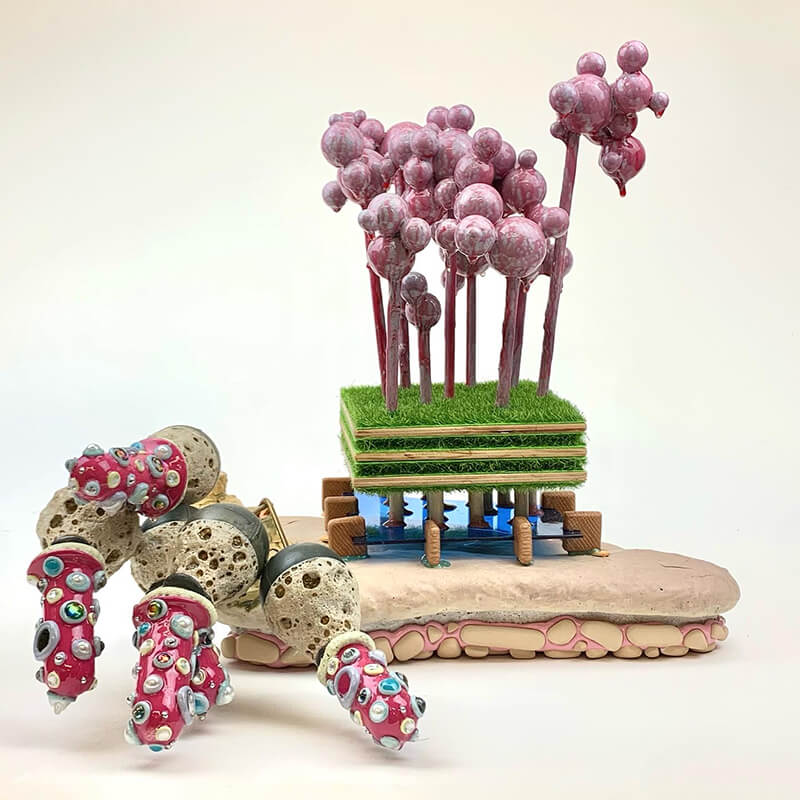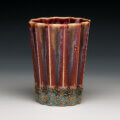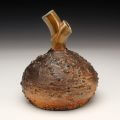
Red Lodge Clay Center – Short-Term Resident 2014, (AIA) 2017, (AIA) 2022
Matt Mitros was born in Philadelphia, PA. Upon completing his BFA at Penn State University, he was an Artist-In-Residence at Arrowmont School of Arts & Crafts as well as the Archie Bray Foundation. Mitros completed a post-baccalaureate from the University of Illinois and holds an MFA from the University of Washington. He has taught ceramics and sculpture at the University of Washington, South Seattle Community College, Lakeside Upper School, Kennesaw State University, The University of Alabama, and Southern Illinois University in Carbondale IL. In 2014 Mitros was a Short-Term Artist-In-Residence at Red Lodge Clay Center and has participated as an Artist-Invite-Artist organizer in 2017 and 2022. In 2023 Mitros will be working in Paris France at The Residency Program.
In 2008 Mitros was an Artist Trust GAP (Grant for Artist Projects) recipient funded by the City of Seattle. His work has been featured in Art in America, Art LTD, Clay Times, Ceramics Monthly, and City Arts Magazine, as well as the book 500 Figures in Clay. Mitros has exhibited work throughout North America and Europe. His work is in the permanent public collections of the National Museum of Slovenia, Bemidji State University, the Spartanburg Art Museum, the de Young Museum, The Hudgens Center for the Arts, FSU Museum of Fine Art, the Everson Museum of Art, and others.
My work focuses on the creation of illusory acts of tension within a forced fusion between what is seemingly organic in form/behavior and what is clearly machined. The Organic, epitomized by my use of rough surfaces and plant-like shapes, is determined by Nature-in various states of decay. The Machined, as suggested by the clean lines of the slip-cast objects, is fabricated by the rules of Man-products of our intent.
Both, however, can be equally represented as natural. The machined object is the result of our ability to operate within the parameters of natural systems. The organic object is an agent that symbolizes a moment within these cyclical systems.
The difference between these two lies within their inherent goals: the organic is predicated by a struggle for survival, whereas the machined is predicated for efficiency.
















